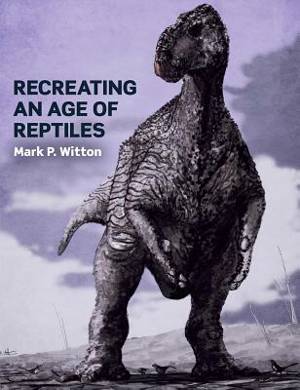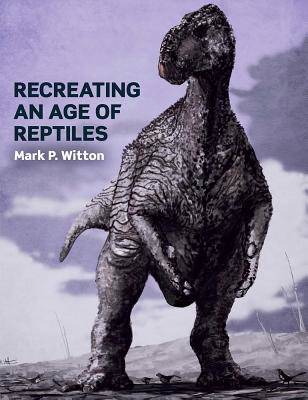
- Afhalen na 1 uur in een winkel met voorraad
- Gratis thuislevering in België vanaf € 30
- Ruim aanbod met 7 miljoen producten
- Afhalen na 1 uur in een winkel met voorraad
- Gratis thuislevering in België vanaf € 30
- Ruim aanbod met 7 miljoen producten
Zoeken
Omschrijving
Dinosaurs and other prehistoric animals have always fascinated people but they pose vast problems for the artist. How do you go about recreating the anatomy and behaviour of a creature we've never seen? How can we restore landscapes long lost to time? And where does the boundary between palaeontology - the science of understanding fossils- and artistic licence lie? In this outstanding book, Mark Witton shares his detailed paintings and great experience of drawing and painting extinct species. The approaches used in rendering these impressive creatures are discussed and demonstrate the problems, as well as the unexpected freedoms, that palaeontological artists are faced with. The book showcases over ninety scientifically credible paintings of some of the most spectacular animals in the Earth's history, as well as may less familiar species.Explains how each image was created with details of the artistic process, scientific grounding and collaborations between researchers. Discusses the methods and goals of palaeoartistry - the recreation of extinct animals and landscapes in art. Explores the flexible boundaries between science and art when restoring ancient worlds.
Specificaties
Betrokkenen
- Auteur(s):
- Uitgeverij:
Inhoud
- Aantal bladzijden:
- 112
- Taal:
- Engels
Eigenschappen
- Productcode (EAN):
- 9781785003349
- Verschijningsdatum:
- 12/06/2017
- Uitvoering:
- Paperback
- Formaat:
- Trade paperback (VS)
- Afmetingen:
- 213 mm x 277 mm
- Gewicht:
- 430 g

Alleen bij Standaard Boekhandel
+ 50 punten op je klantenkaart van Standaard Boekhandel
Beoordelingen
We publiceren alleen reviews die voldoen aan de voorwaarden voor reviews. Bekijk onze voorwaarden voor reviews.











